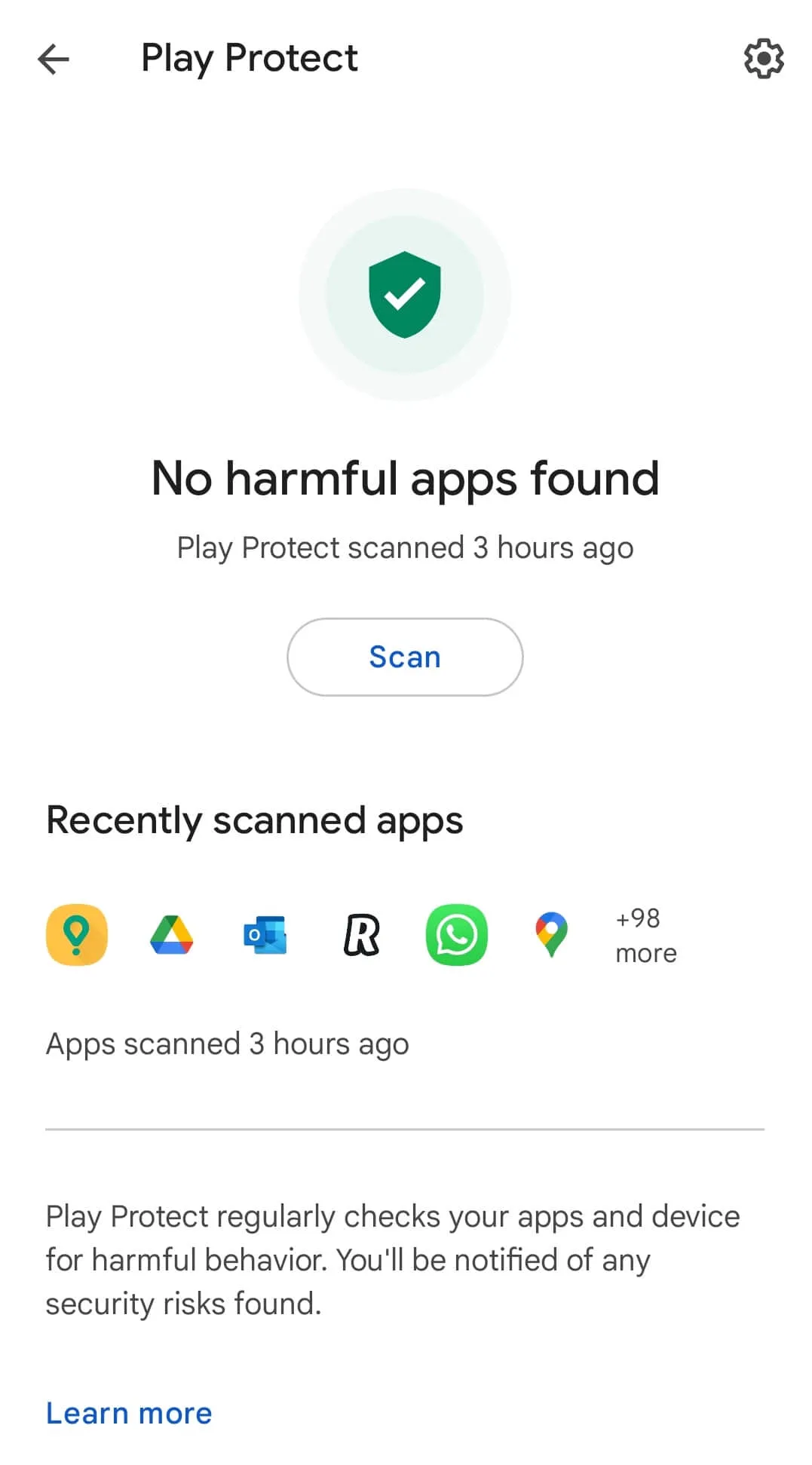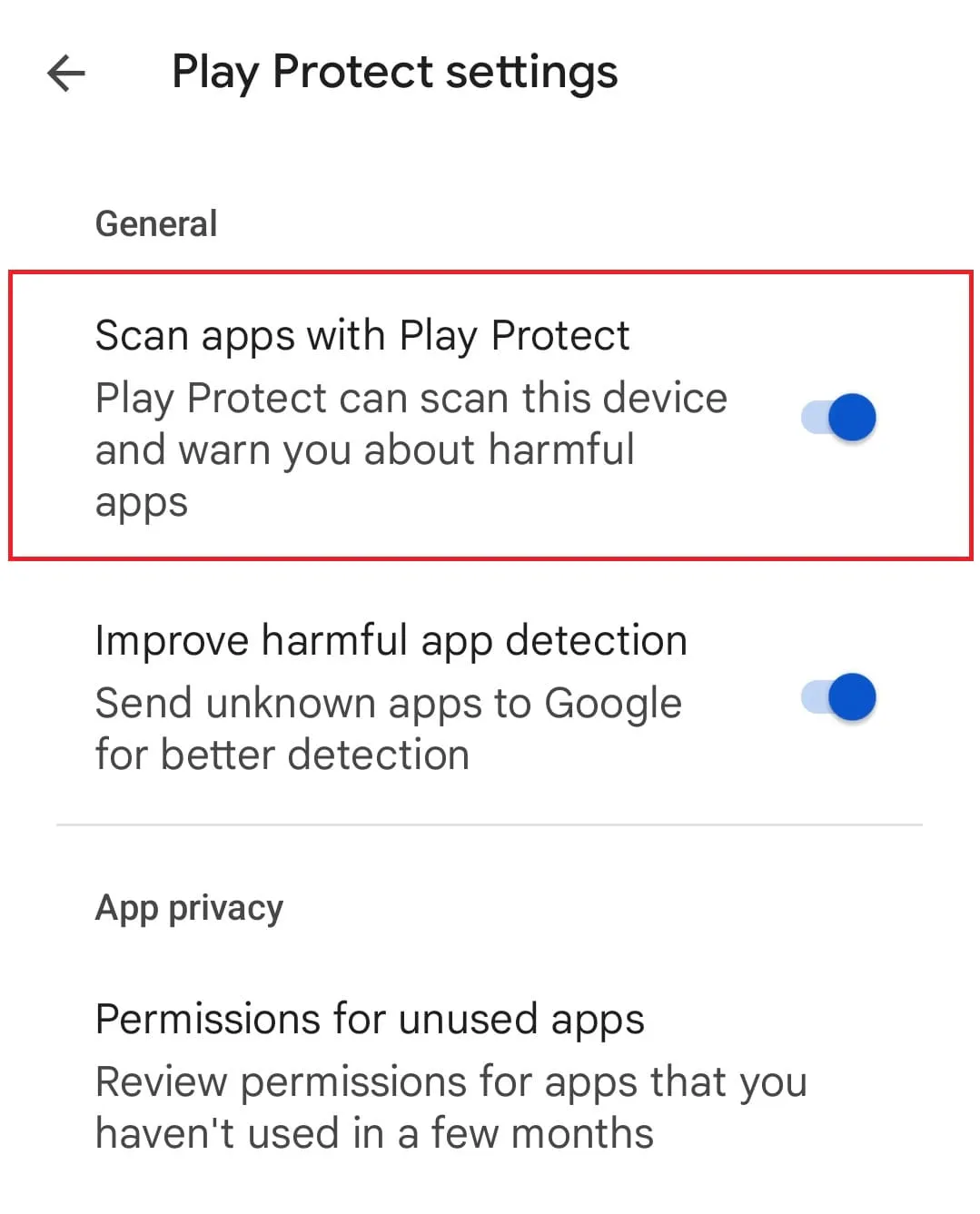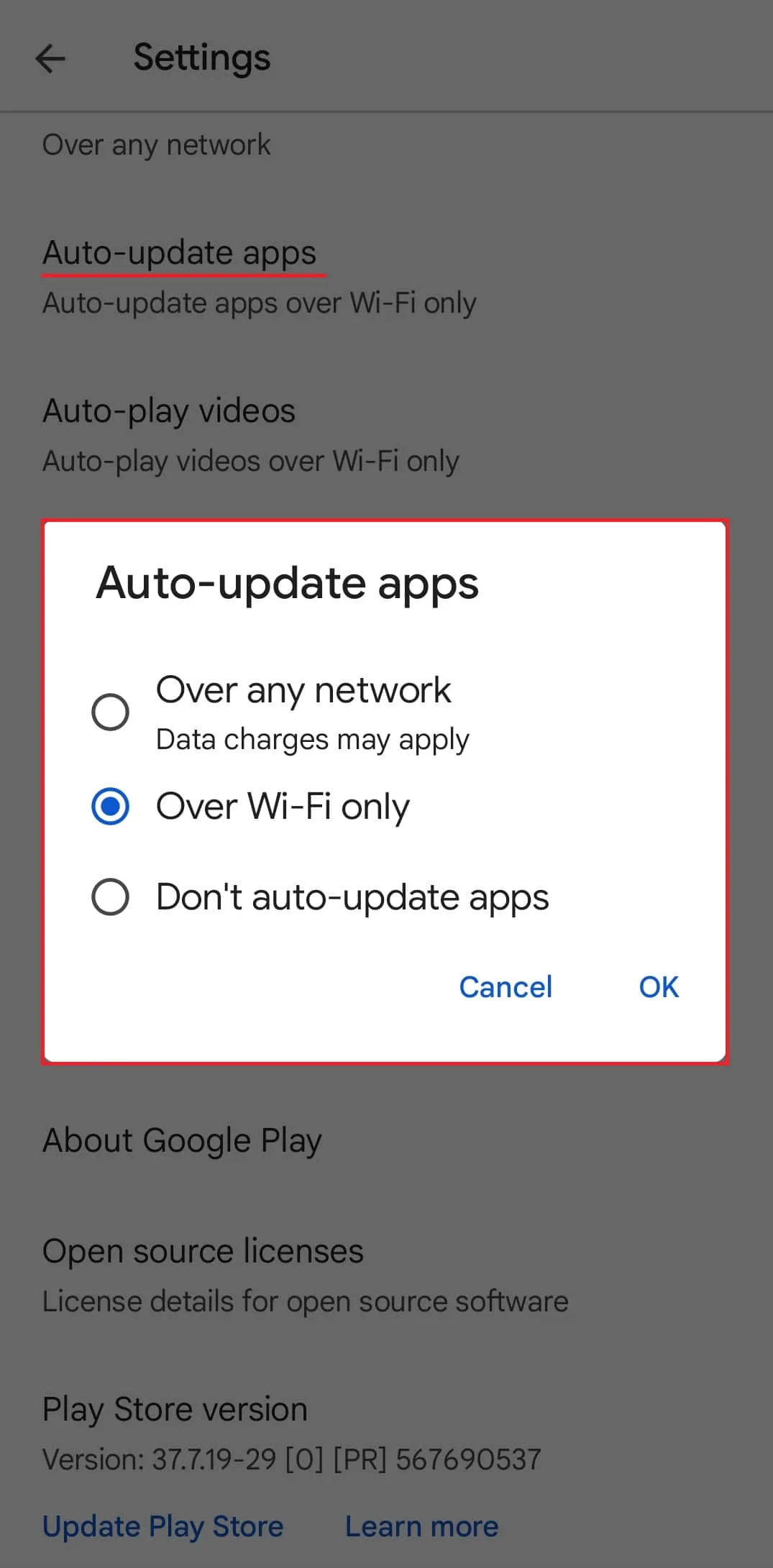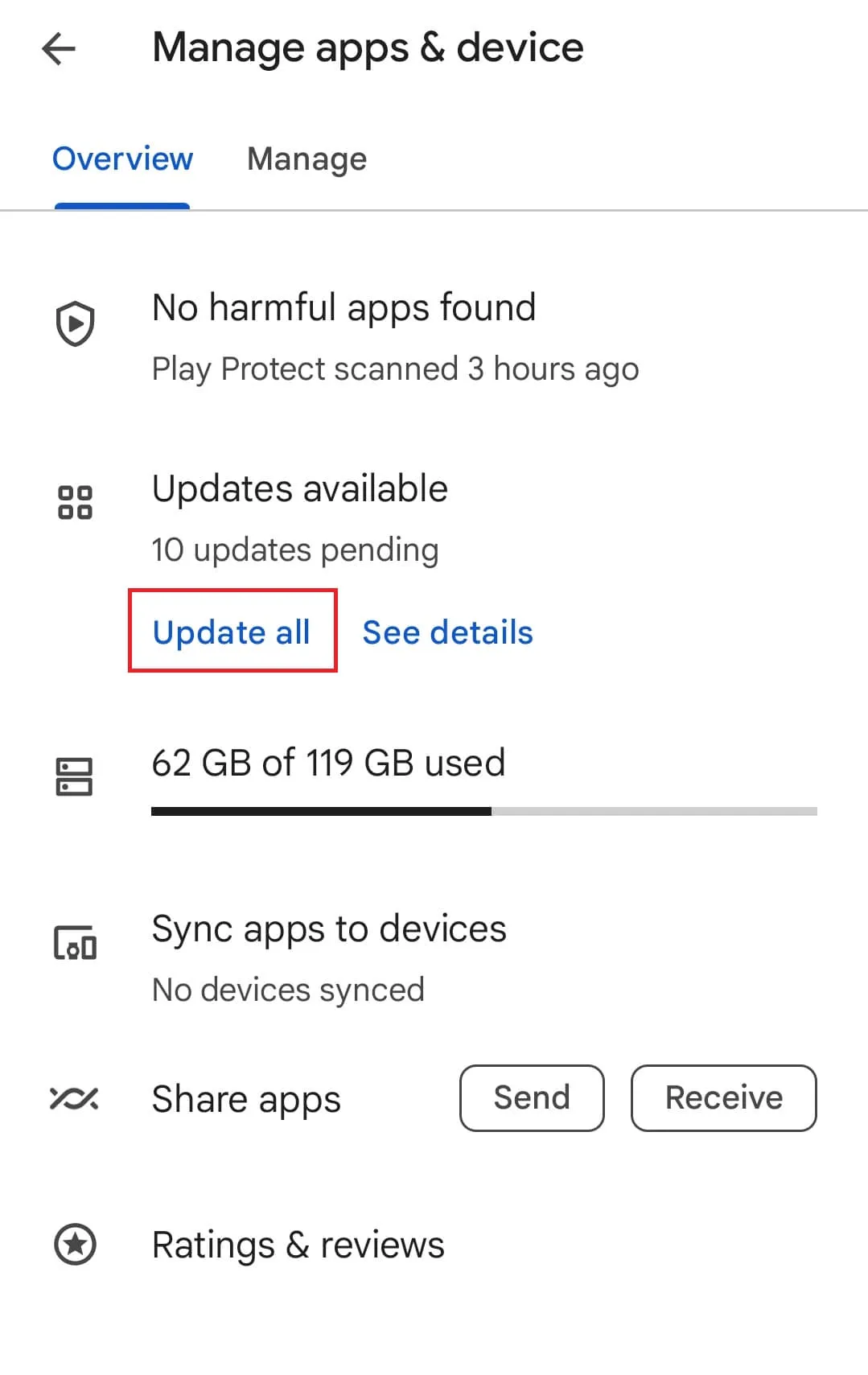Best practices to enhance security for the Play Store and apps
The Play Store is a vast marketplace offering a variety of apps and games, and while most are legitimate and secure, it’s essential to be vigilant to protect your Android device and personal data.
We’ve put together top essential security tips to make your Android device and the apps you use safer. These tips cover things like choosing apps, managing permissions, and using security features, all to ensure your mobile experience is secure.
Make sure Play Protect is enabled
Play Protect is part of the Play Store, and serves as a safeguard by meticulously scanning installed apps for potential security threats. It plays an important role in ensuring that all apps on your device are safe and secure for use.
You’ll typically find Play Protect already installed and activated within the Play Store app. To access it, simply navigate to Settings → Play Protect. Here, you can view the latest report on app safety and even start a scan of your device.

In the rare event that it’s not already active on your device, you can easily enable it by going to the Play Protect settings and turn on the option Scan apps with Play Protect.

With this feature enabled, you gain the advantage of timely warnings about potentially harmful apps before installation or execution. Furthermore, if an app remains unused for an extended period, Play Protect automatically takes steps to enhance your device’s security and performance. This includes revoking unnecessary permissions to safeguard your data, ceasing notifications to conserve battery life, and clearing temporary files to free up valuable storage space.
Download only legit apps and games
Before downloading apps and games from the Google Play Store, you should check the developer’s identity and read user reviews. Apps and games produced by reputable companies, which has a large number of downloads, and have positive reviews are typically safe to download and install.
Review apps permissions
When installing an app or game, pay attention to the permissions it requires. The permissions you give must be relevant to the app’s functionaliy, anything that’s optional, excessive or not need shold be avoided.
You can review apps permissions after installation, but it’s best to choose specific permissions during installation. If any excessive ones can’t be disabled, check the producer’s website for data usage details.
To review permissions for installed apps, follow these steps:
- Open “Settings”
- Go to “Apps”
- Select the app
- Tap “Permissions”
- Adjust permissions as needed by tapping on each one
- Confirm changes
Install an antivirus for your device
Typically, device security is maintained by keeping Android and all installed apps up to date, exclusively downloading apps and games from the Play Store, and adhering to fundamental security practices such as using robust passwords, refraining from downloading email attachments from unfamiliar senders, accessing only secure websites, etc.
For an additional layer of protection, you might also want to consider installing a trusted antivirus or other security solution. These software tools are designed to identify and remove various forms of threats, including viruses, malware, and phishing attempts, and they continuously monitor your device for potential risks, providing real-time protection.
By combining these security practices and use an antivirus, you can significantly reduce the risk of falling victim to cyber threats.
Enable two steps authentication
Enabling Two-Factor Authentication (2FA) is a cybersecurity best practice. It’s a critical step to enhance online security, prevent unauthorized access, and safeguard against identity theft.
Implementing Two-Factor Authentication across all your accounts is a simple yet highly effective method to safeguard your identity and data protection, and avoid potential threats.
Enable Google Safe Browsing
Google Safe Browsing shields your device from harmful content and helps you browse the web safely, providing real-time protection from phishing attempts, malware-infested websites, and fraudulent content.
From your Google account, navigate to Security → Enhanced Safe Browsing for your Account → Manage Enhanced Safe Browsing and turn on Enhanced Safe Browsing.
Enable auto-updates for installed apps
It is highly advisable to promptly install all available updates.
To manage updates effectively, follow these steps in the Play Store:
- Go to Settings → Network preferences.
- Select Auto-update apps, and then choose the option that best suits your preferences regarding updates.

A prudent choice is to permit updates to download over Wi-Fi networks only, conserving mobile data usage. However, the optimal choice, if your mobile data plan allows and you have some spare gigabytes, is to download updates over any network for faster and more convenient updates.
Once you’ve configured your update settings, proceed to update your apps from the Play Store. Navigate to Settings → Manage apps & devices, and choose ‘Update all’ to keep all your apps current and benefit from the latest features and security enhancements.

Keep your Android system up-to-date
Keeping your Android device updated is of paramount importance for several reasons. Firstly, updates often include crucial security patches that protect your device from vulnerabilities and potential threats.
Secondly, updates can bring performance improvements and bug fixes, ensuring that your device operates smoothly and efficiently. This leads to a better user experience, faster app performance, and fewer crashes or glitches.
Overall, regularly updating your Android device not only boosts security but also enhances its performance and functionality, making it a wise and essential practice for all users.
